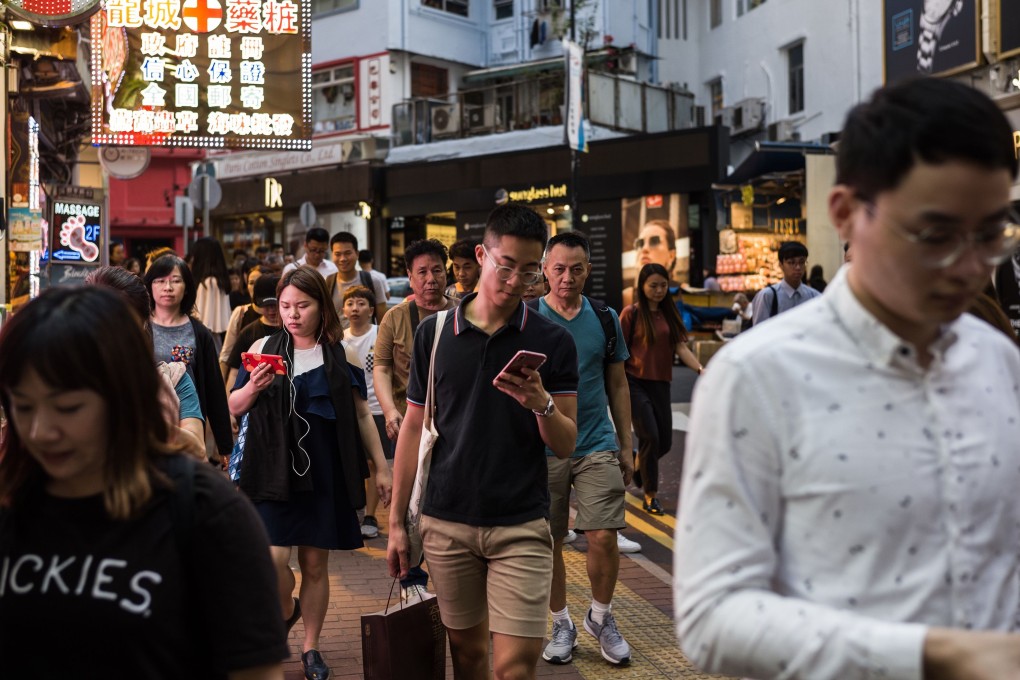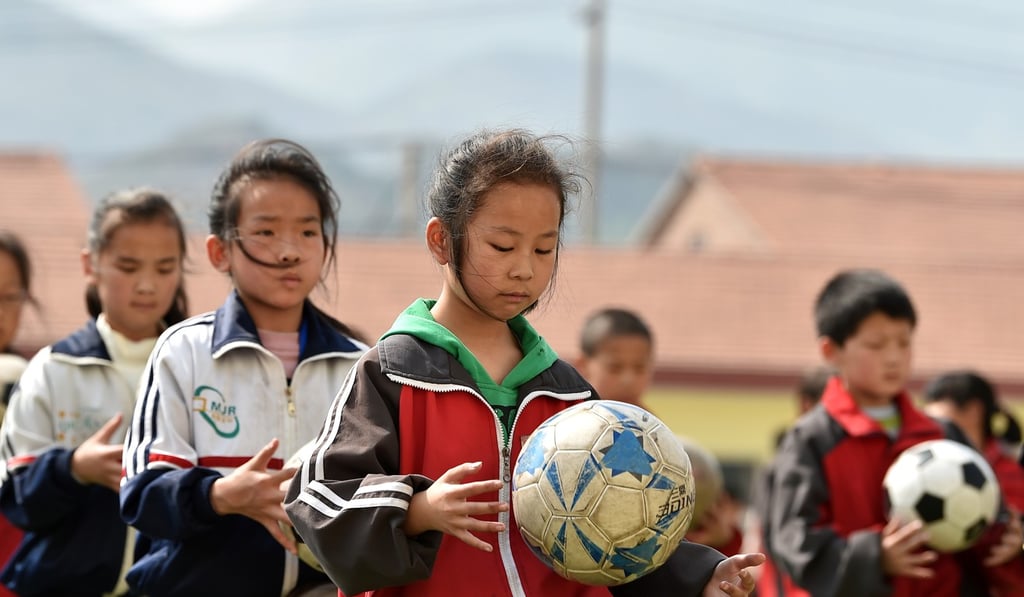Opinion | A century on from the May Fourth protests, Chinese youths are in a state of crisis
- China’s young people, once at the forefront of politics, are increasingly disenfranchised, and part of a worrying generational gap as a result of the nation’s unprecedented cultural and economic development

A century has passed since Chinese youths led their fellow citizens onto the streets to protest against the Treaty of Versailles for awarding Shandong to Japan. The May Fourth Movement was a watershed moment in China’s effort to become a modern nation and inaugurated a tradition of Chinese youths in the political vanguard, since discontinued.
Given that May 4 is also celebrated as Youth Day in China, it is proper to ask: what is the state of Chinese youths today?
Armed with statistics from Chinese sources, the picture that emerges suggests that many — primarily those born in the 1990s and 2000s, the first to grow up in China’s market society — are in a growing state of crisis and social disaffection. China’s unprecedented cultural and economic development has created generational gaps that many consider to be the widest in modern times, along with a bevy of problems.
Of major concern are “left-behind children”, who tend to live with grandparents or other relatives while one or both parents live and work elsewhere. Unicef puts the number of left-behind children (under the age of 18) at 40.51 million in rural areas and 28.26 million in urban areas, according to its latest 2015 data. Last year, the Chinese authorities issued their own figures, putting the number of rural left-behind children, defined as under the age of 16, at 6.97 million, down 22.7 per cent from 9.02 million in 2016.
The situation remains a serious concern and is often discussed in tandem with challenges facing migrant children, which Unicef puts at 34.26 million. Many of these are children of divorce or separations and vulnerable to sexual, drug and alcohol abuse, financial exploitation and online addiction. Juvenile delinquency, which is falling, also remains problematic.


